MKT600 Assessment 3: Presentation on Responsible Marketing Practices
VerifiedAdded on 2022/09/25
|8
|746
|23
Presentation
AI Summary
This presentation focuses on socially and environmentally responsible marketing, critical components of modern business strategy. It explores the core concepts, emphasizing the benefits of socially responsible marketing for businesses, customers, and society, while also highlighting the importance of ethical considerations. The presentation addresses issues such as labor markets, environmental impact, and the promotion of sustainable products. It provides real-world examples, such as Starbucks' actions in the Australian market and the impact of Woolworths' emission reductions, to illustrate the practical application of these concepts. The presentation also acknowledges the challenges companies face when consumers are not willing to pay more for green products and concludes by emphasizing the importance of ethical frameworks and environmental responsibility in marketing practices.
1 out of 8
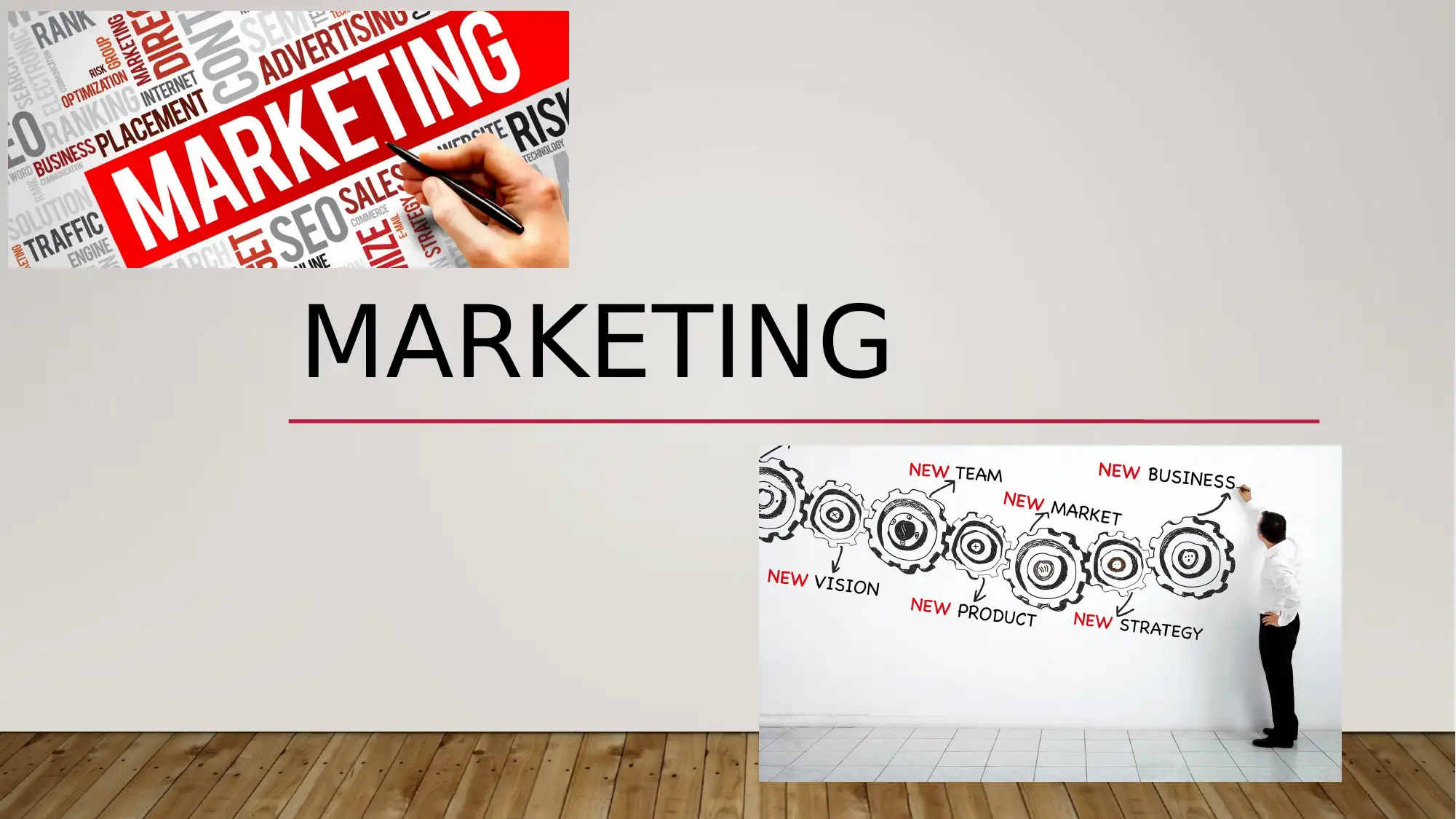
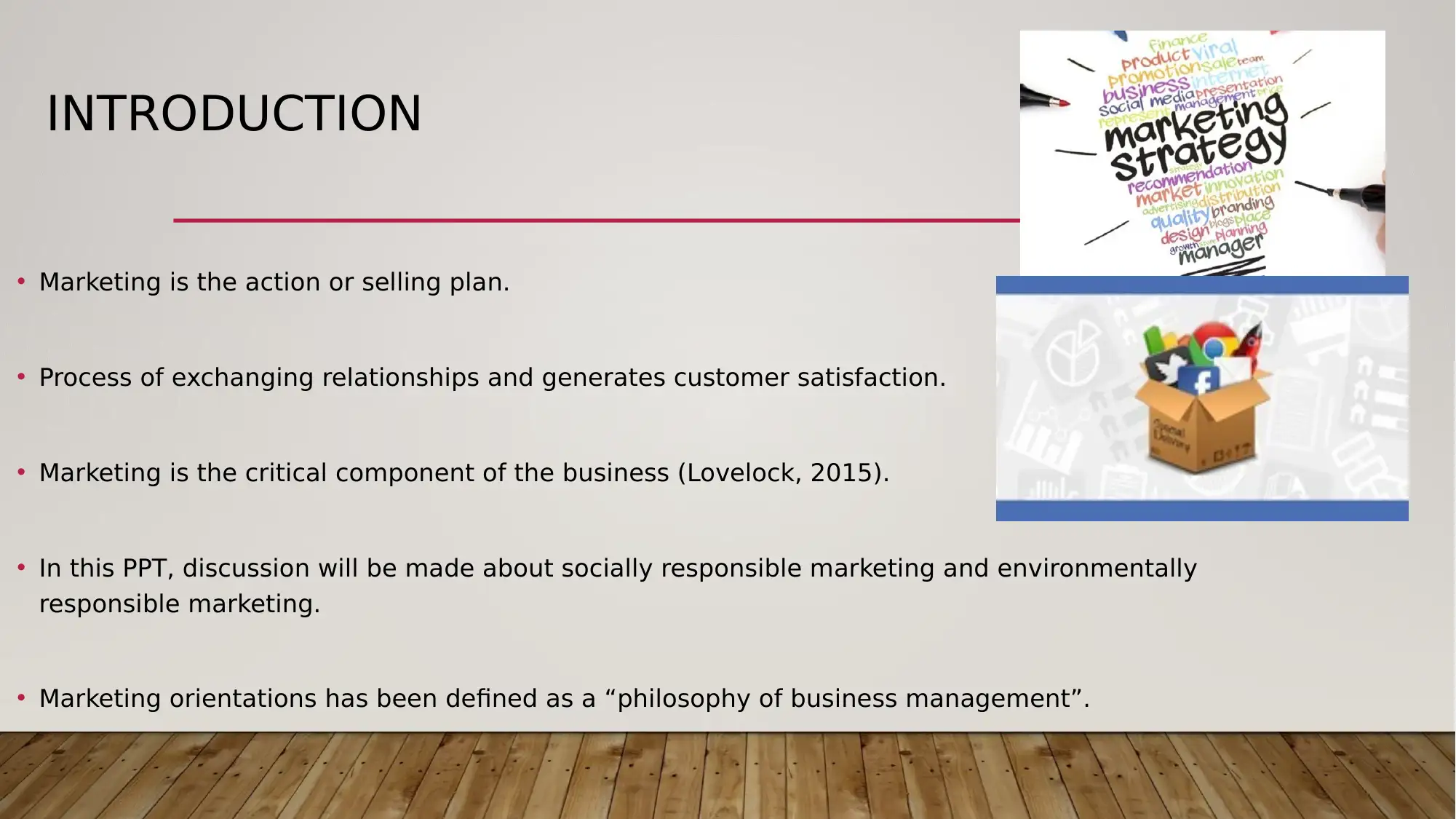
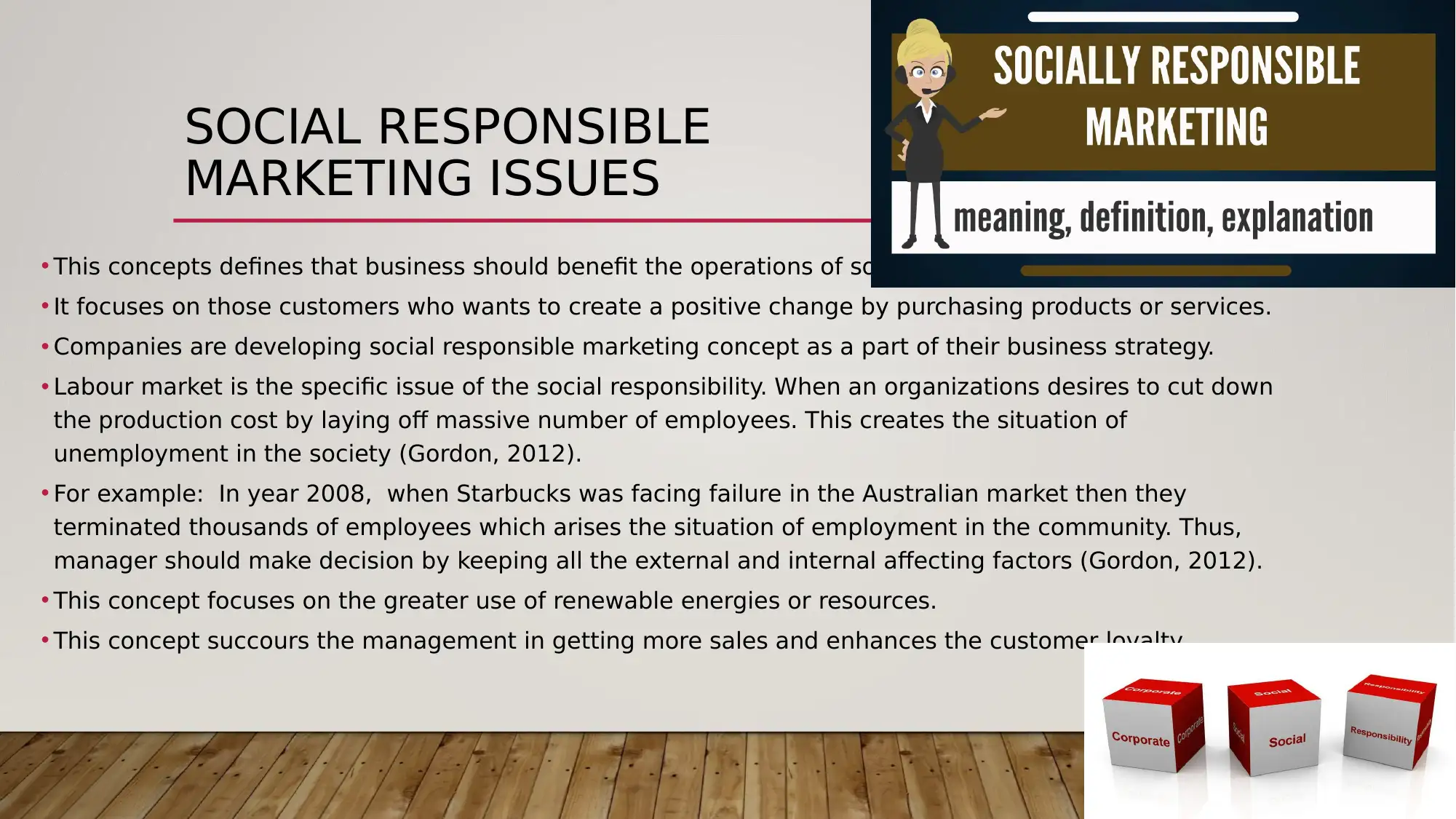

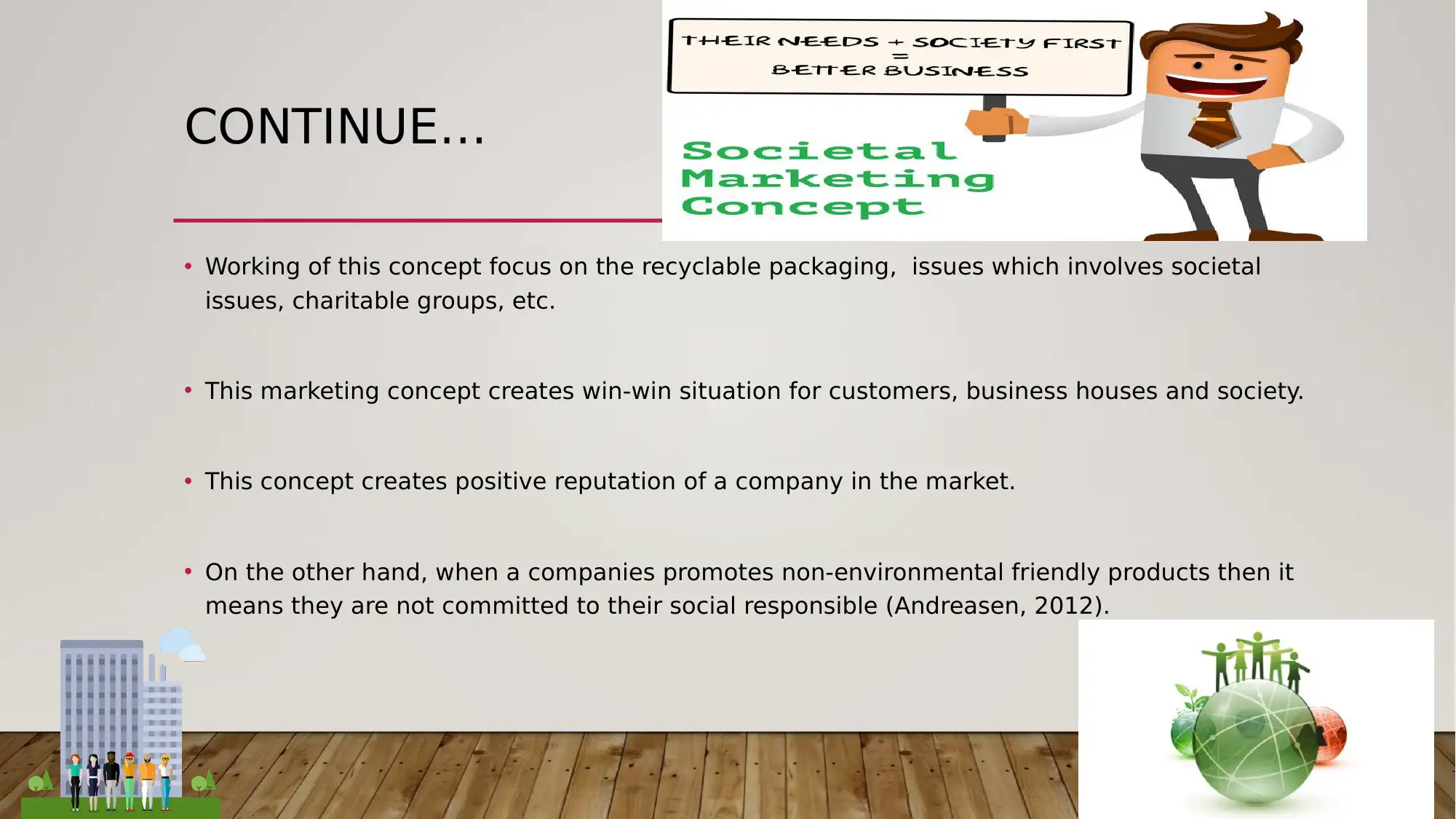
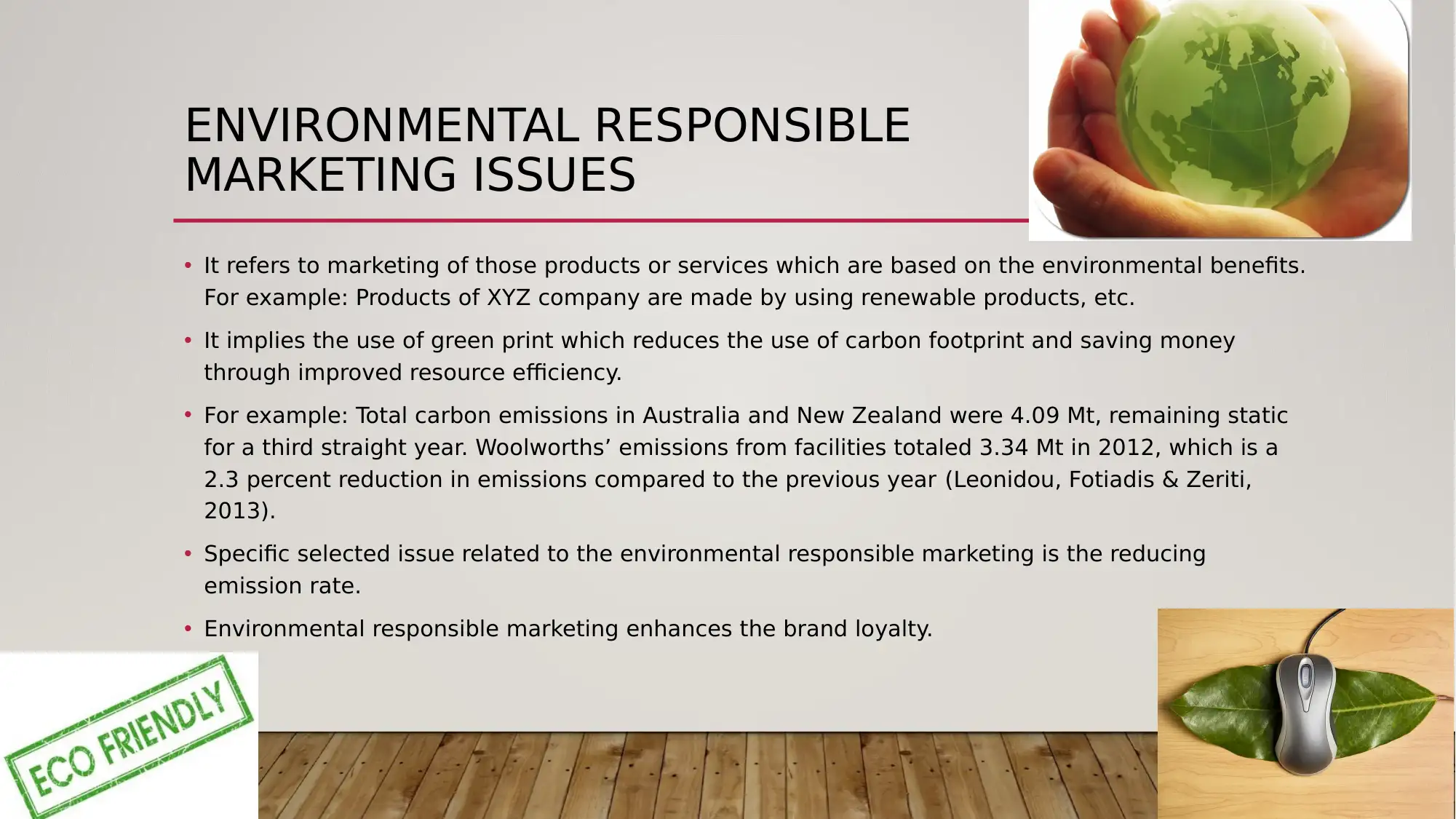
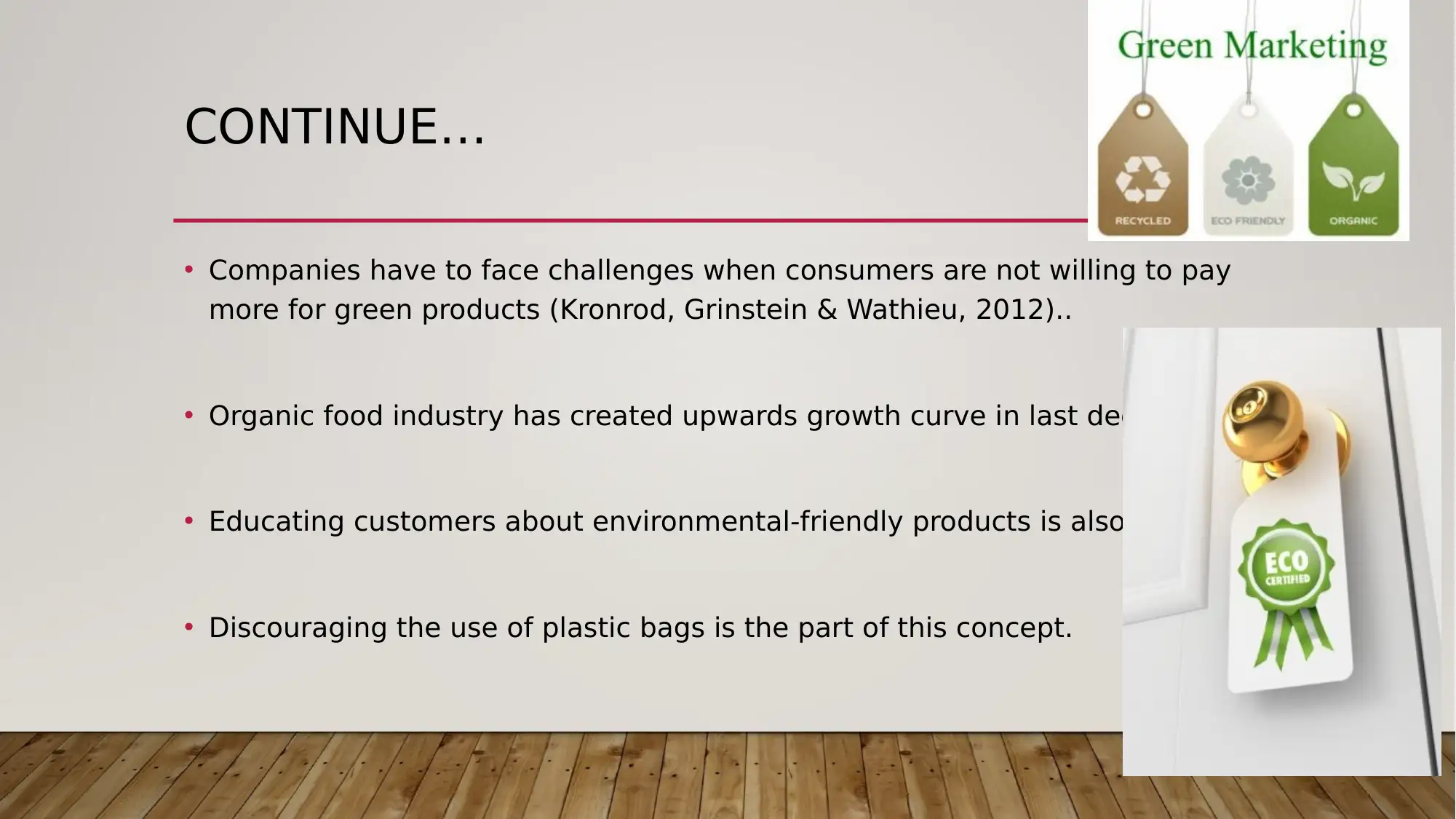
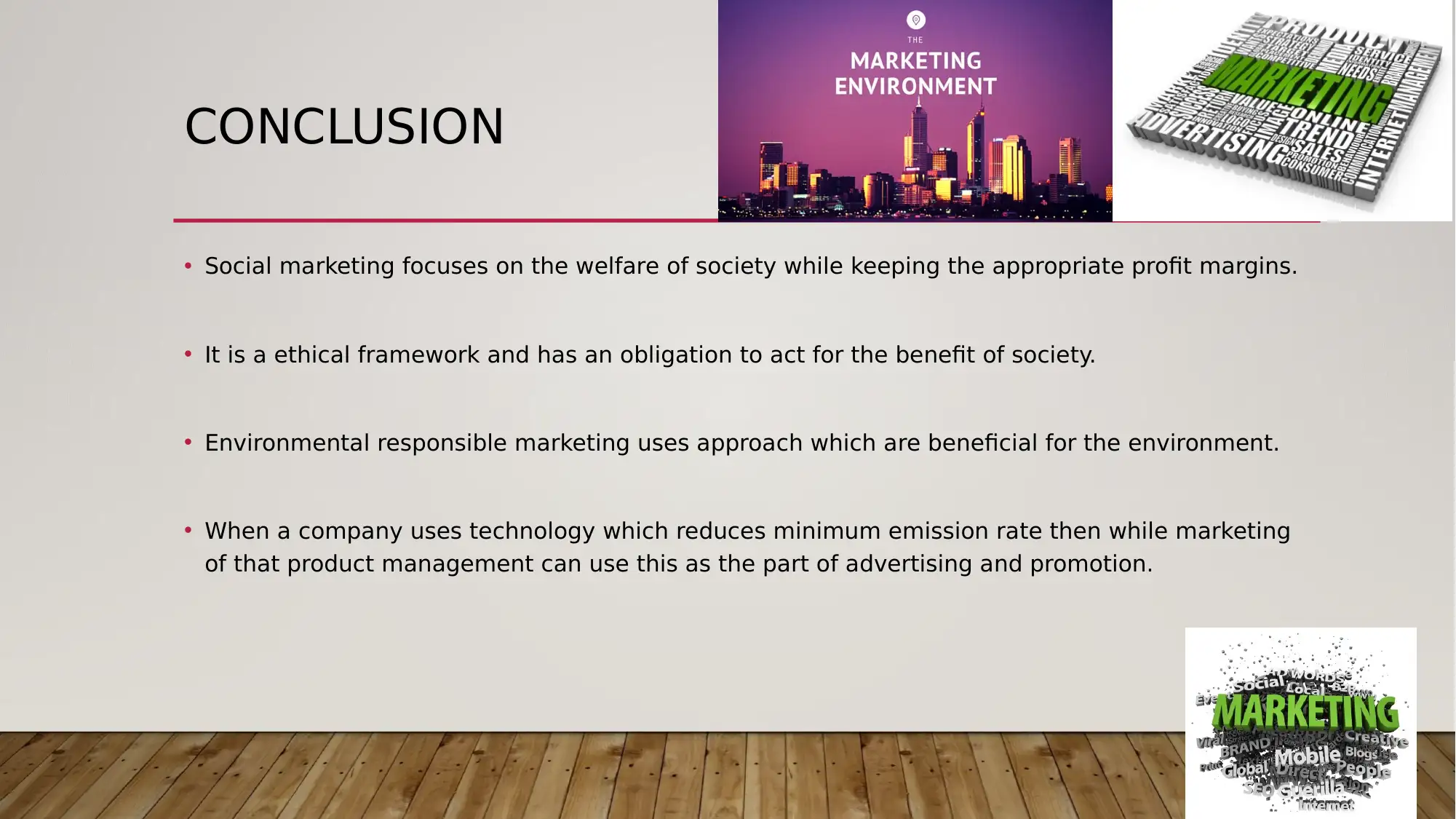
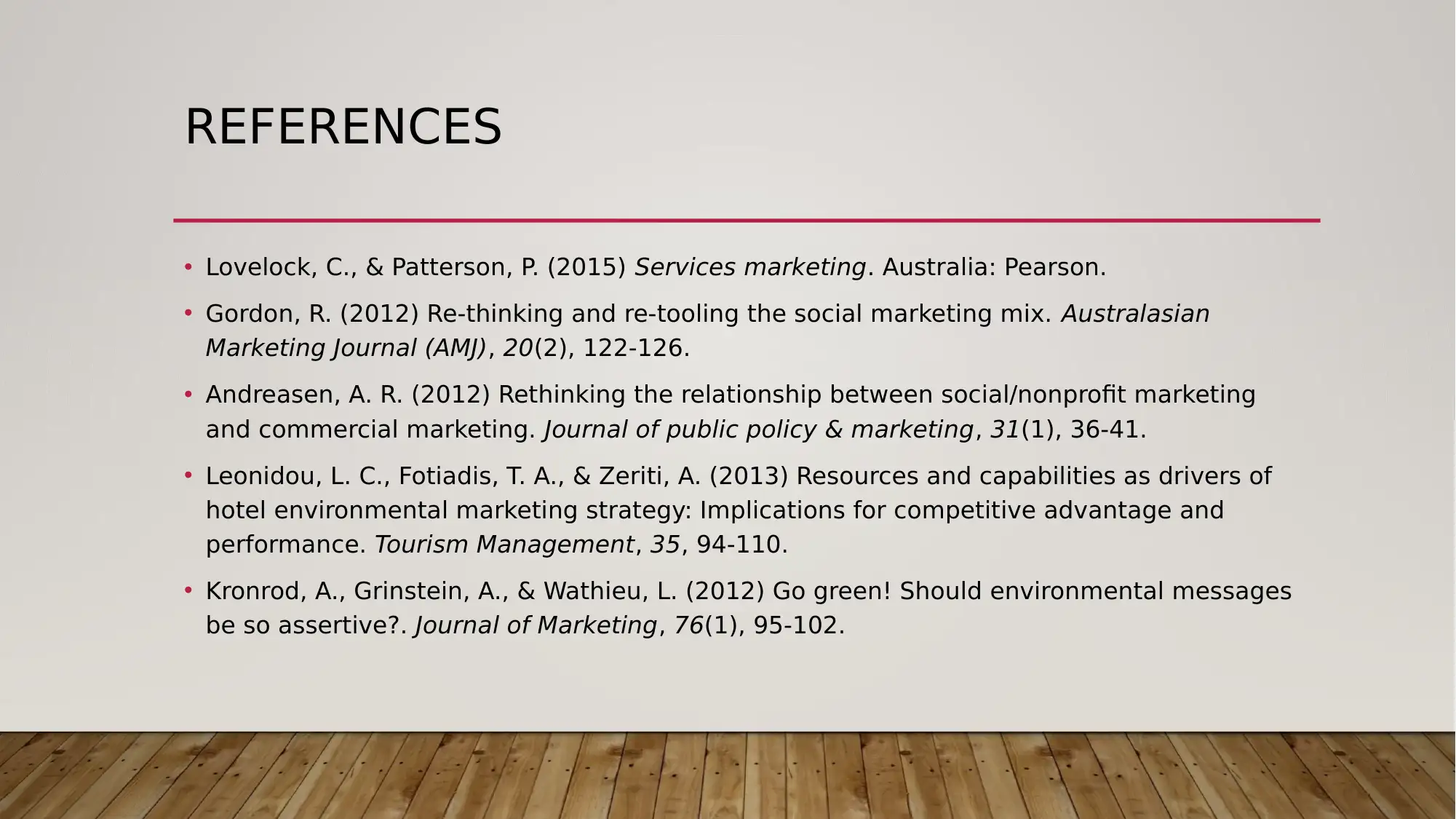






![[object Object]](/_next/static/media/star-bottom.7253800d.svg)